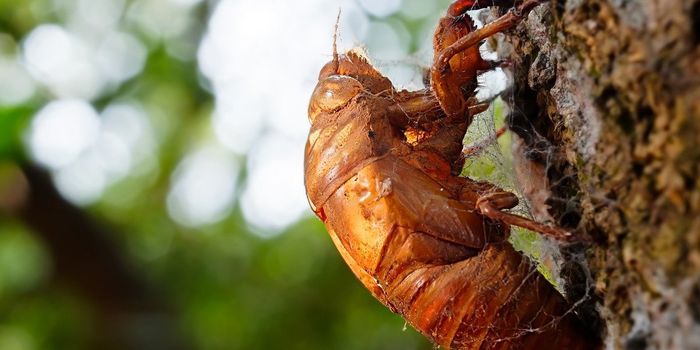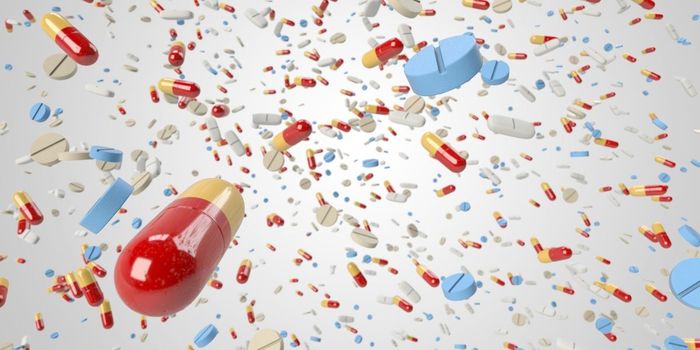Known formally as transmissible spongiform encephalopathies (TSEs), prion diseases made headlines in the mid 1980s through the 1990s as the cause of mad cow disease, or bovine spongiform encephalopathy (BSE).
Prions are "proteinaceous infectious particles," which are small proteins that are nearly impossible to destroy, but cause deadly brain-wasting diseases such as Creutzfeldt-Jakob disease (CJD), mad-cow disease, and kuru.
The epidemic hit the United Kingdom the hardest, infecting over 180,000 cattle. Subsequently, 4.4 million cattle were sacrificed in the attempt to eradicate the disease from the food chain to humans. The event led to drastic changes to how cattle can be fed and how cattle parts should be properly handled, which played a crucial part in controlling the disease. Nevertheless, the CDC remains vigilant about BSE surveillance. In 2017, one cow in Alabama tested positive for BSE, making it the fifth infected cow found in the US since 2003. Given the stringent guidelines on cattle raising, the risk that a steak is tainted with prion seems to be very slim.








